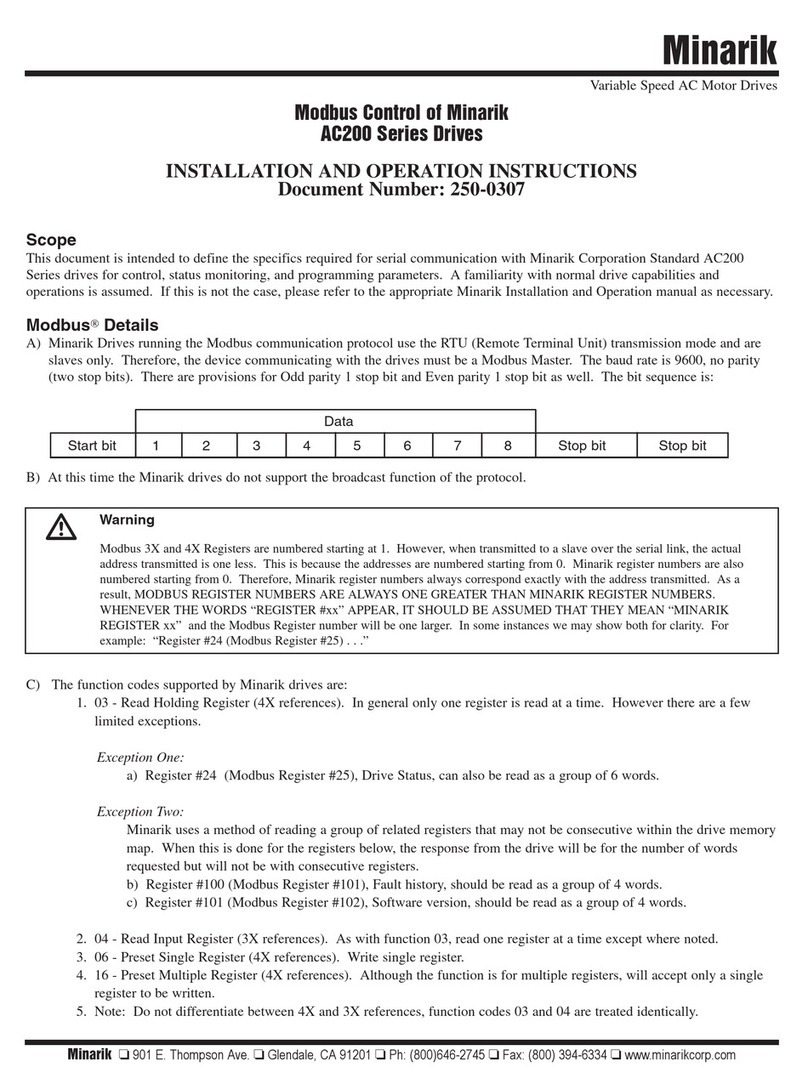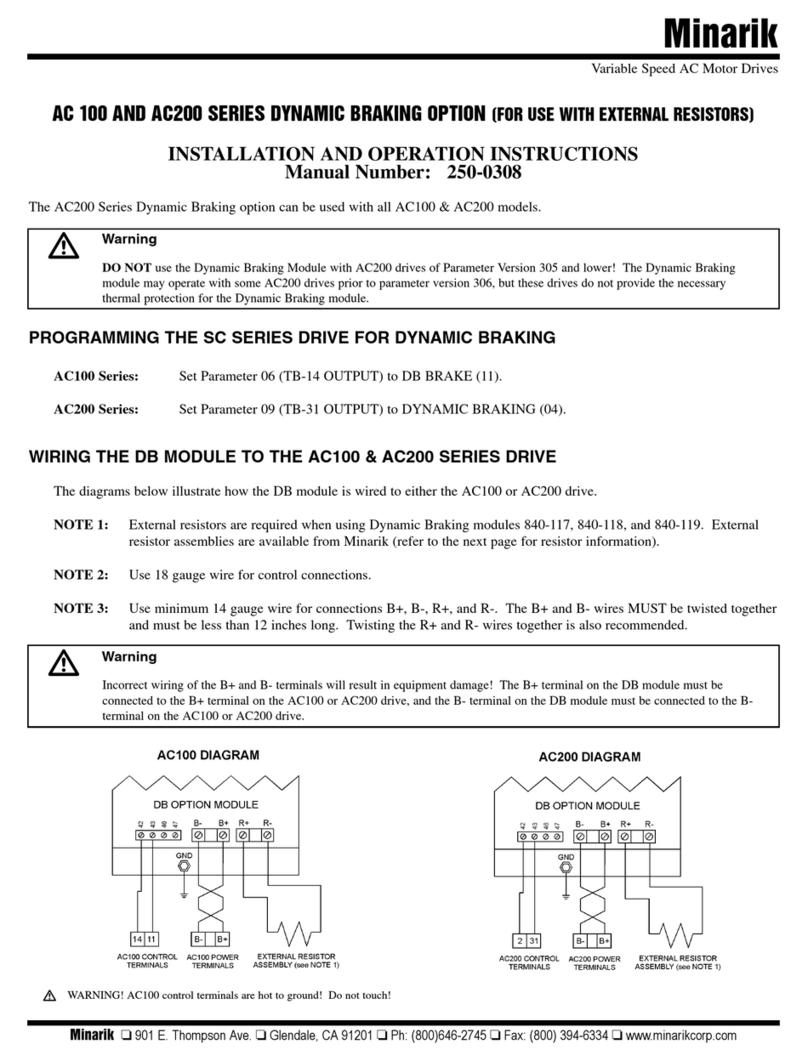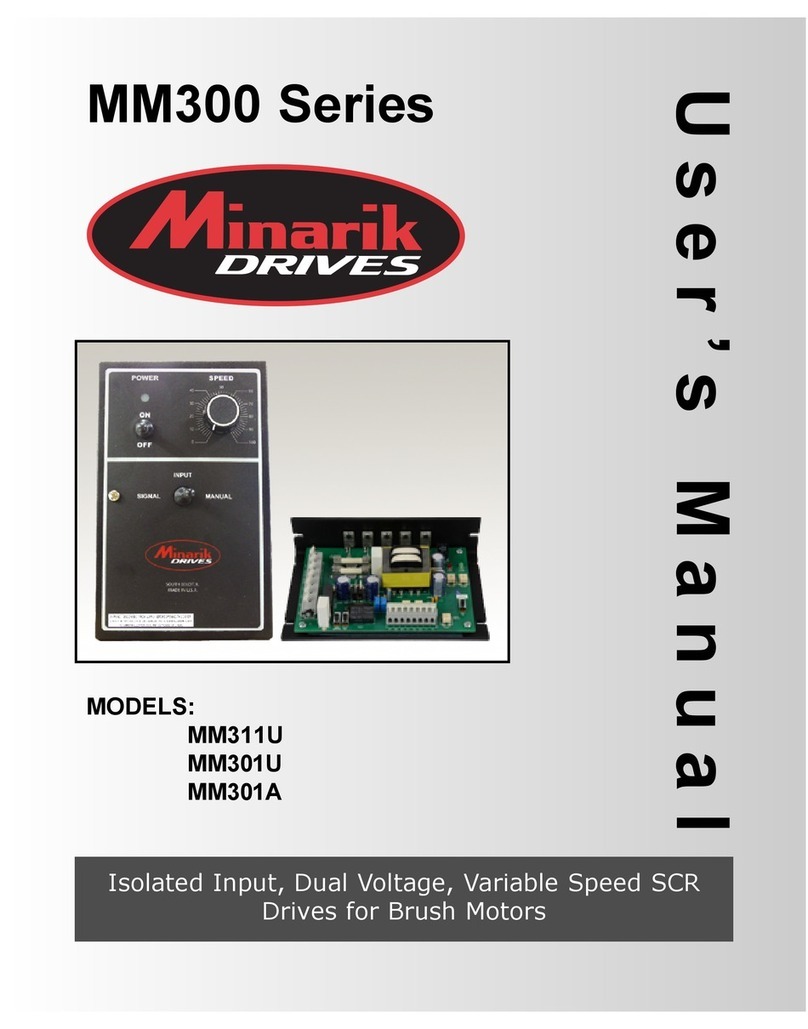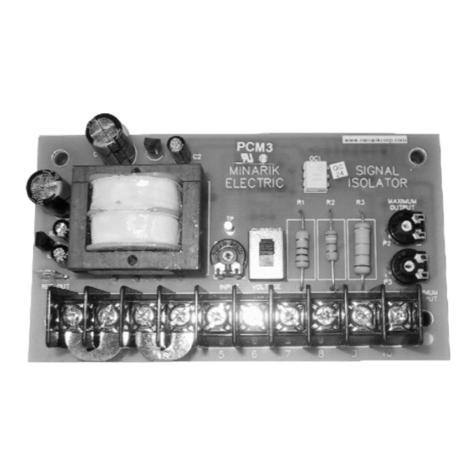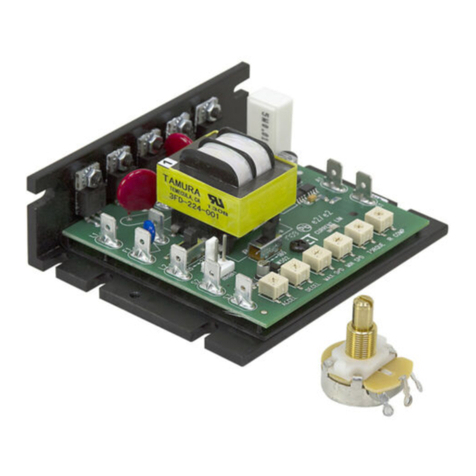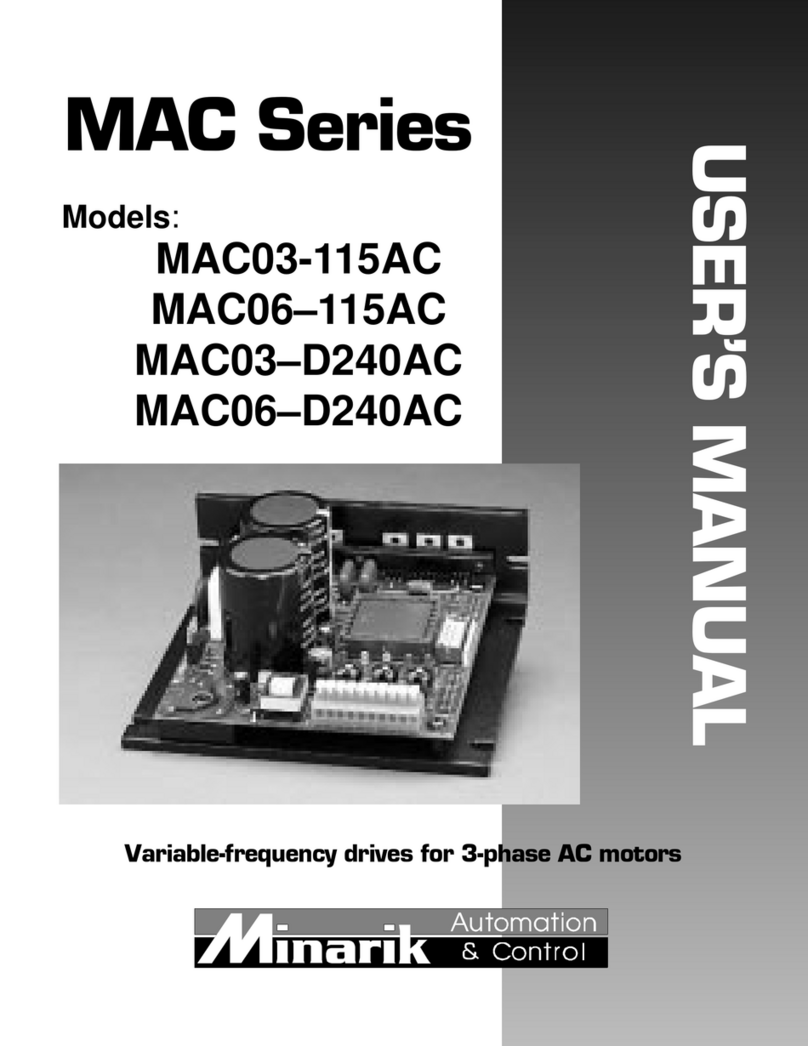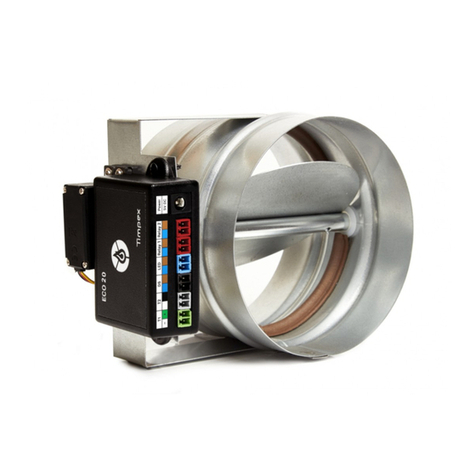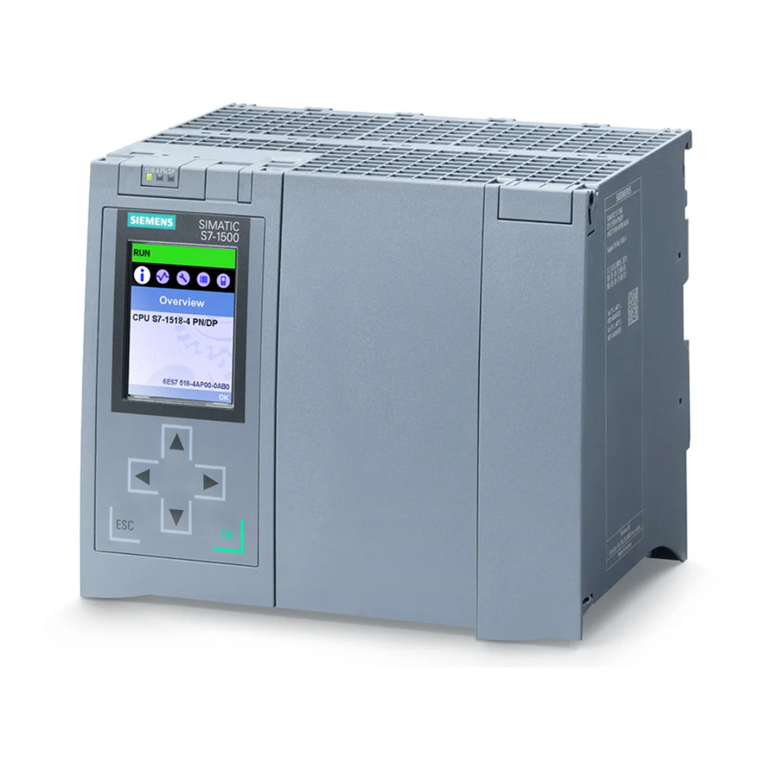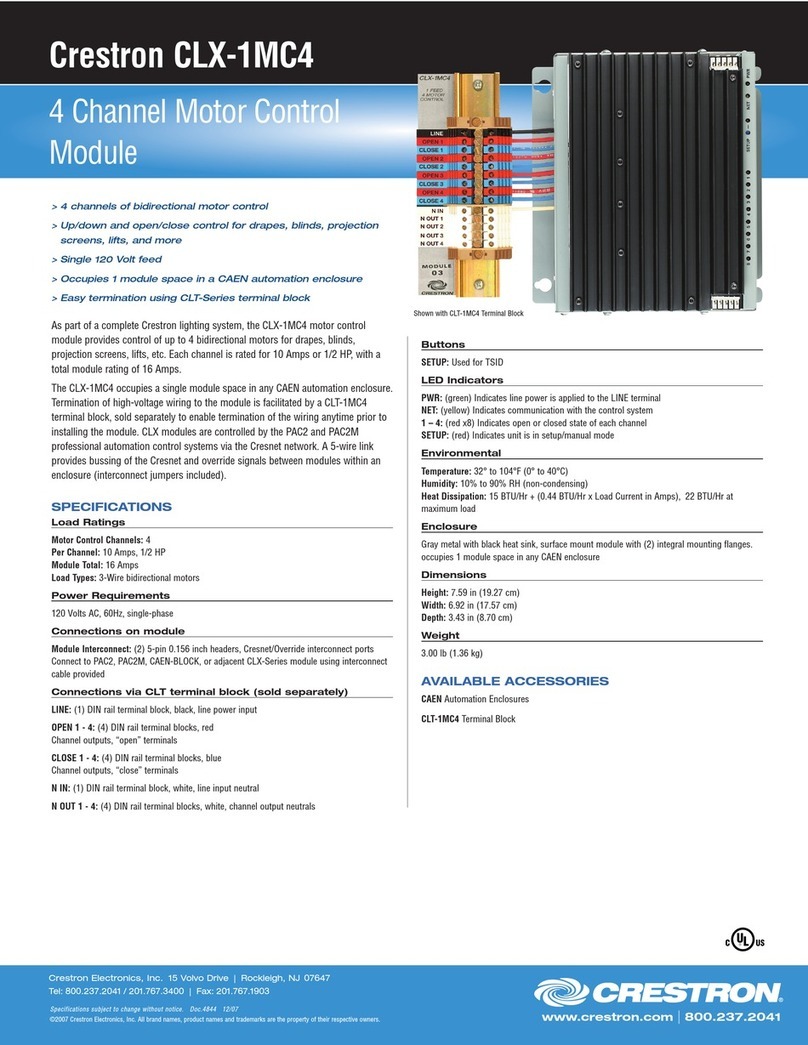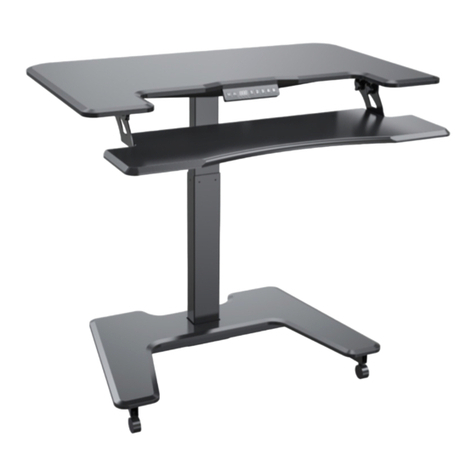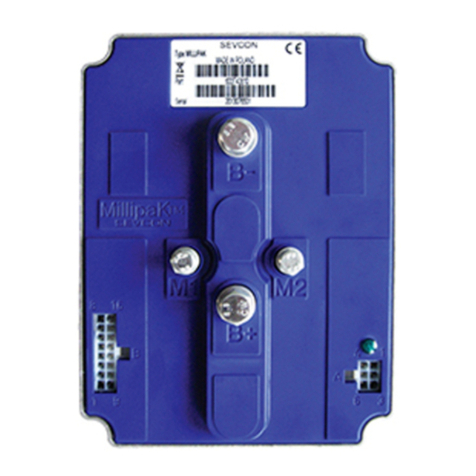Minarik MAC Series User manual




















Other manuals for MAC Series
1
This manual suits for next models
4
Table of contents
Other Minarik Controllers manuals
Popular Controllers manuals by other brands
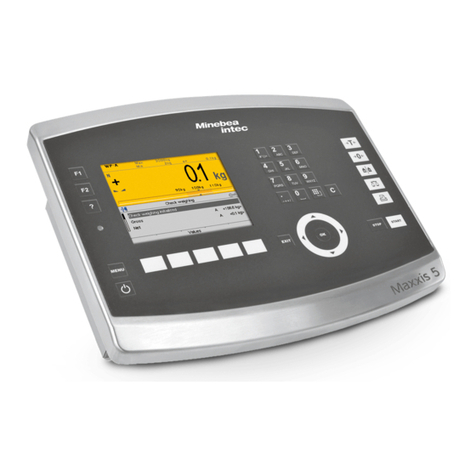
Minebea Intec
Minebea Intec Maxxis 5 Original installation manual
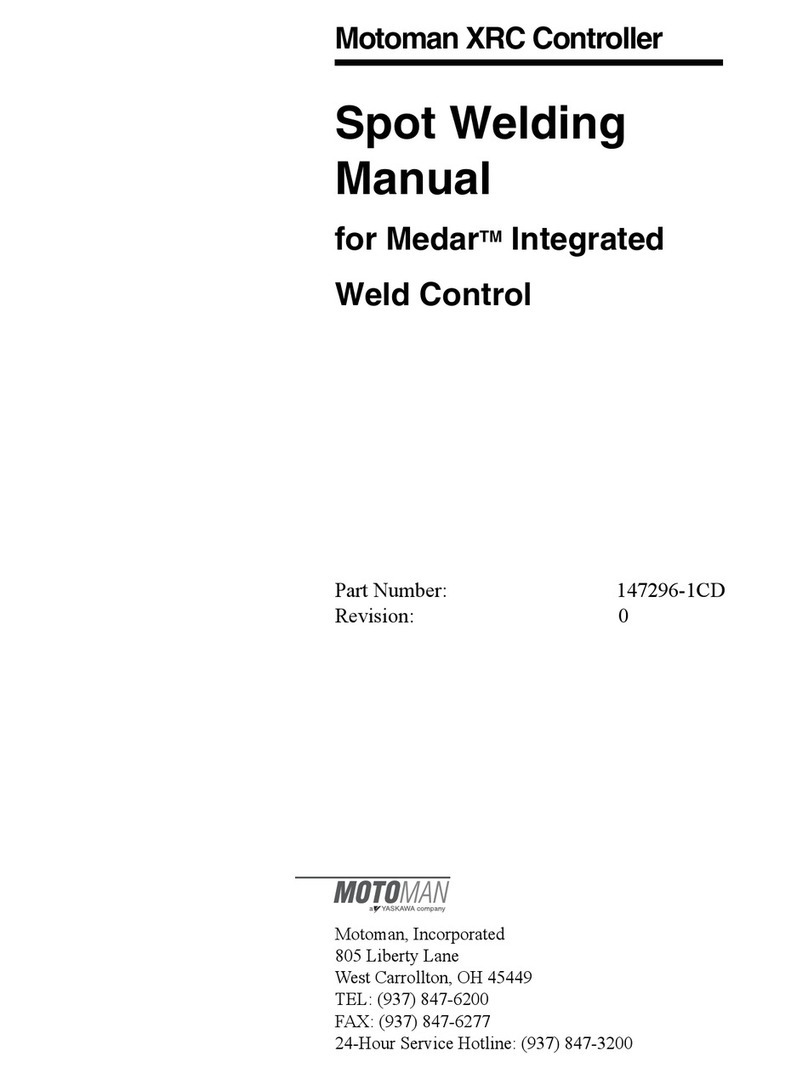
Motoman
Motoman XRC Series manual
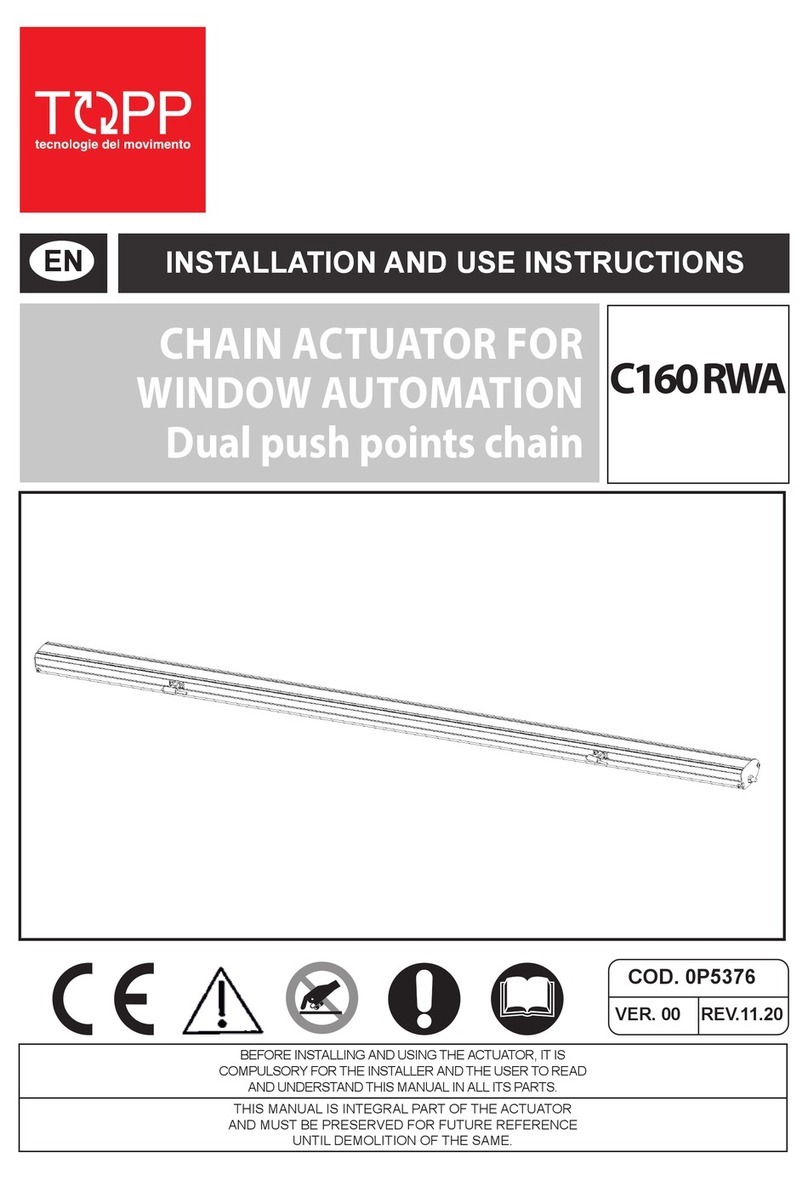
TOPP
TOPP C160RWA Installation and use instructions
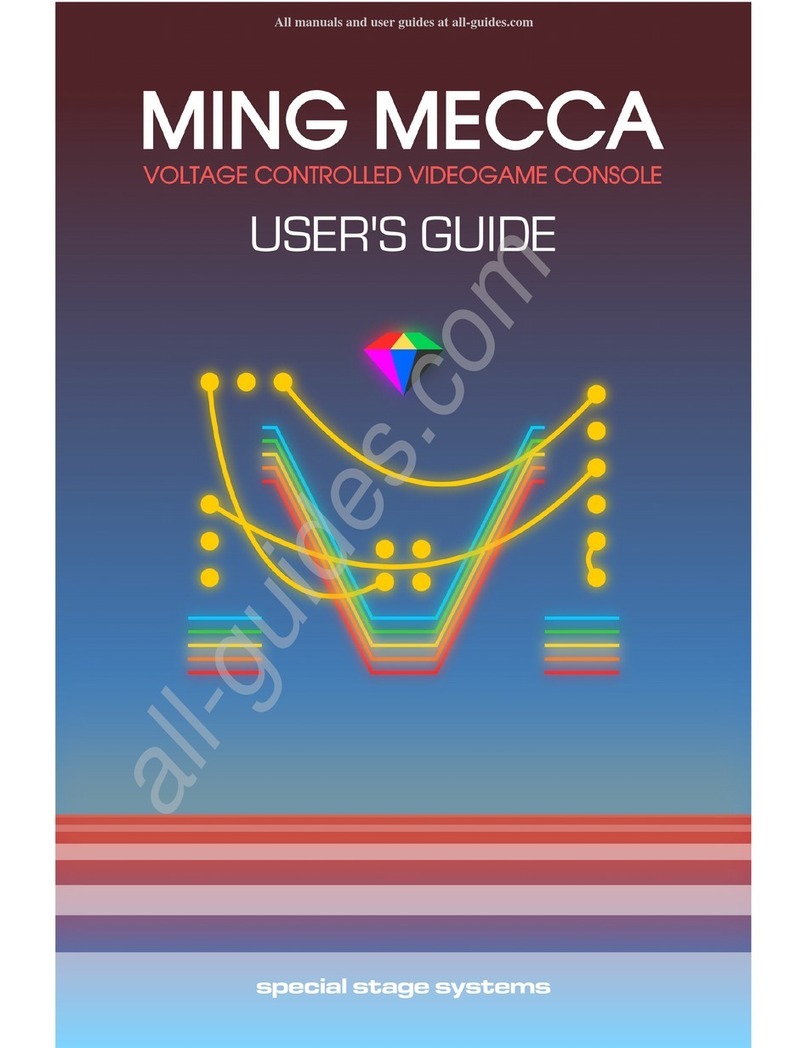
Special Stage Systems
Special Stage Systems MING MECCA user guide
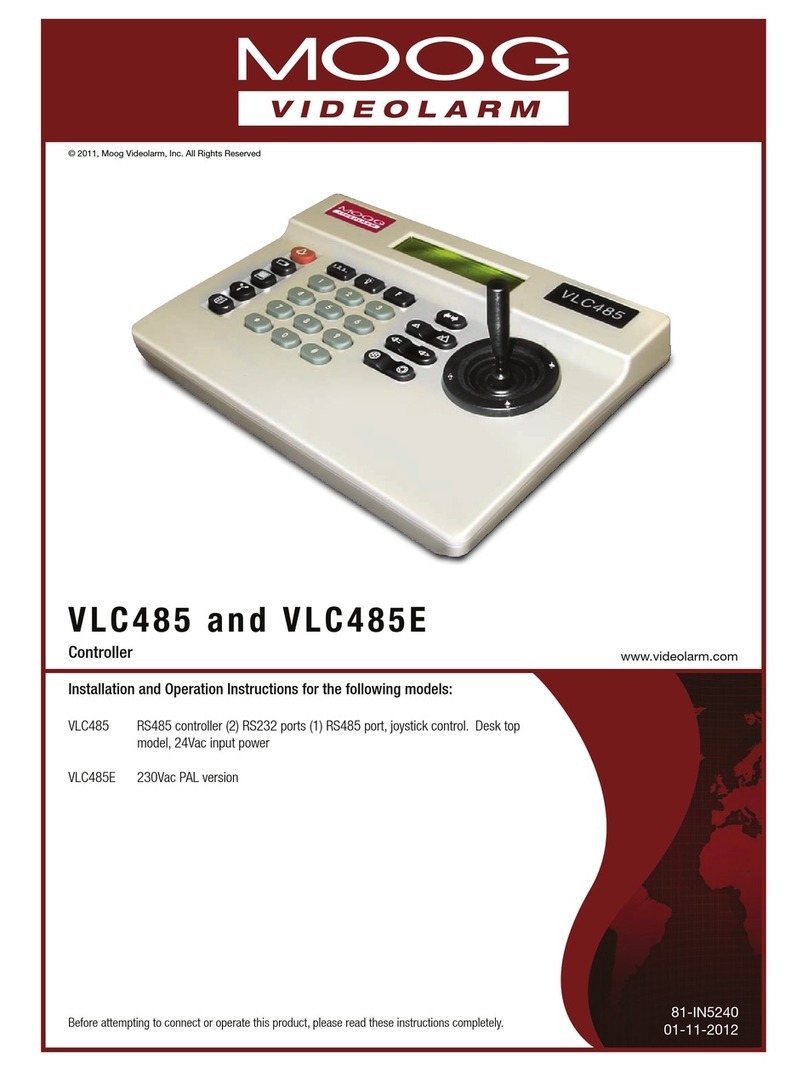
Moog Videolarm
Moog Videolarm VLC485 Installation and operation instructions
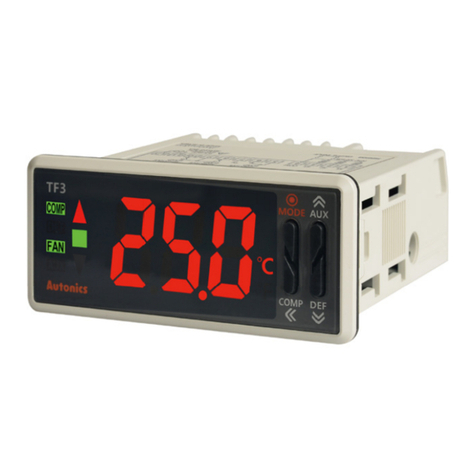
Autonics
Autonics TF3 Series user manual
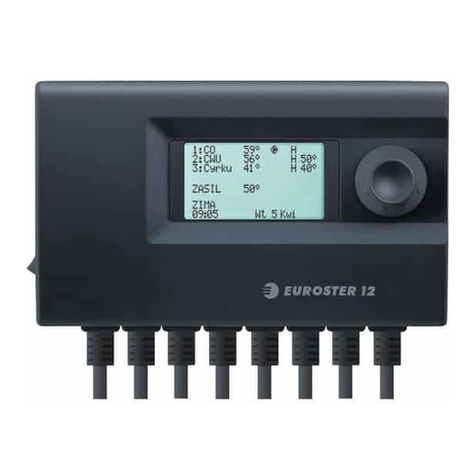
EUROSTER
EUROSTER 12 Installation and operation manual
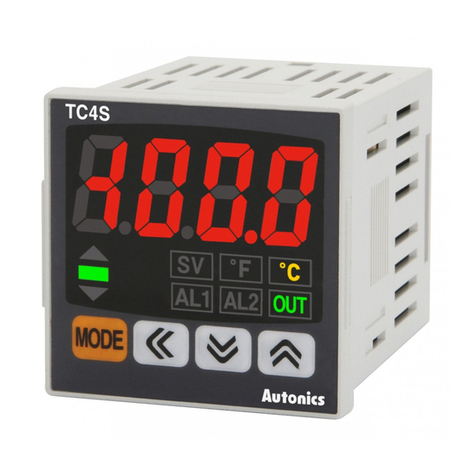
Autonics
Autonics TC4Y manual
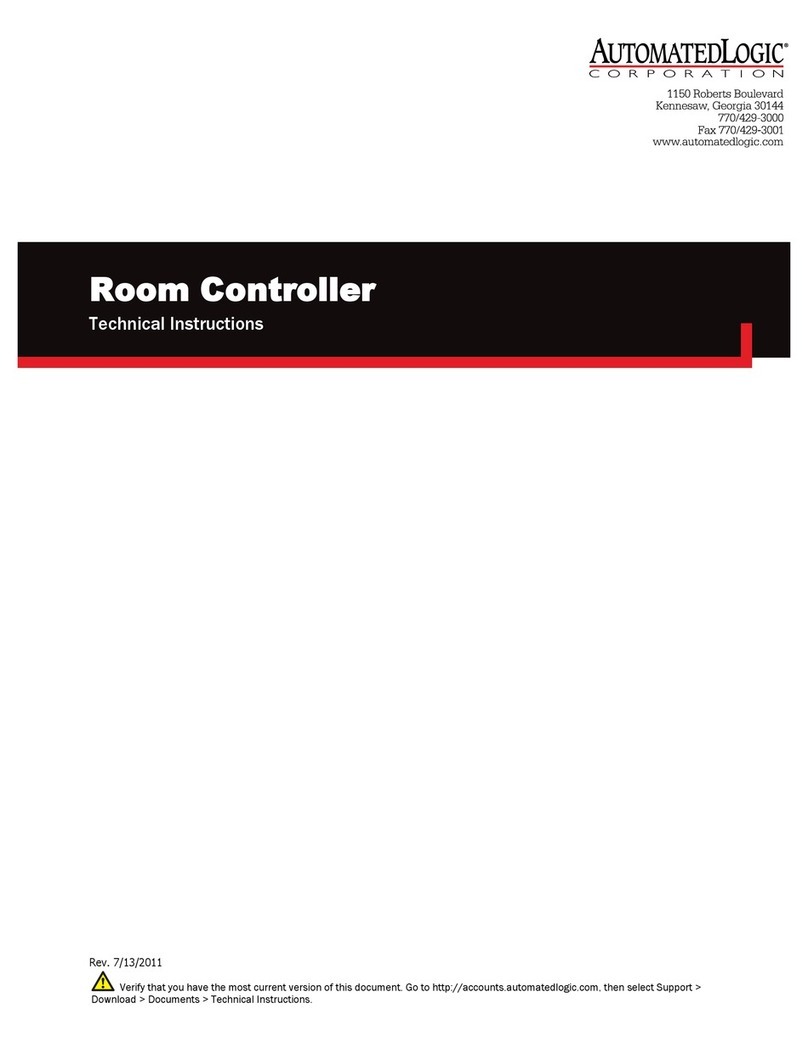
Automated Logic
Automated Logic RC642 Technical instructions
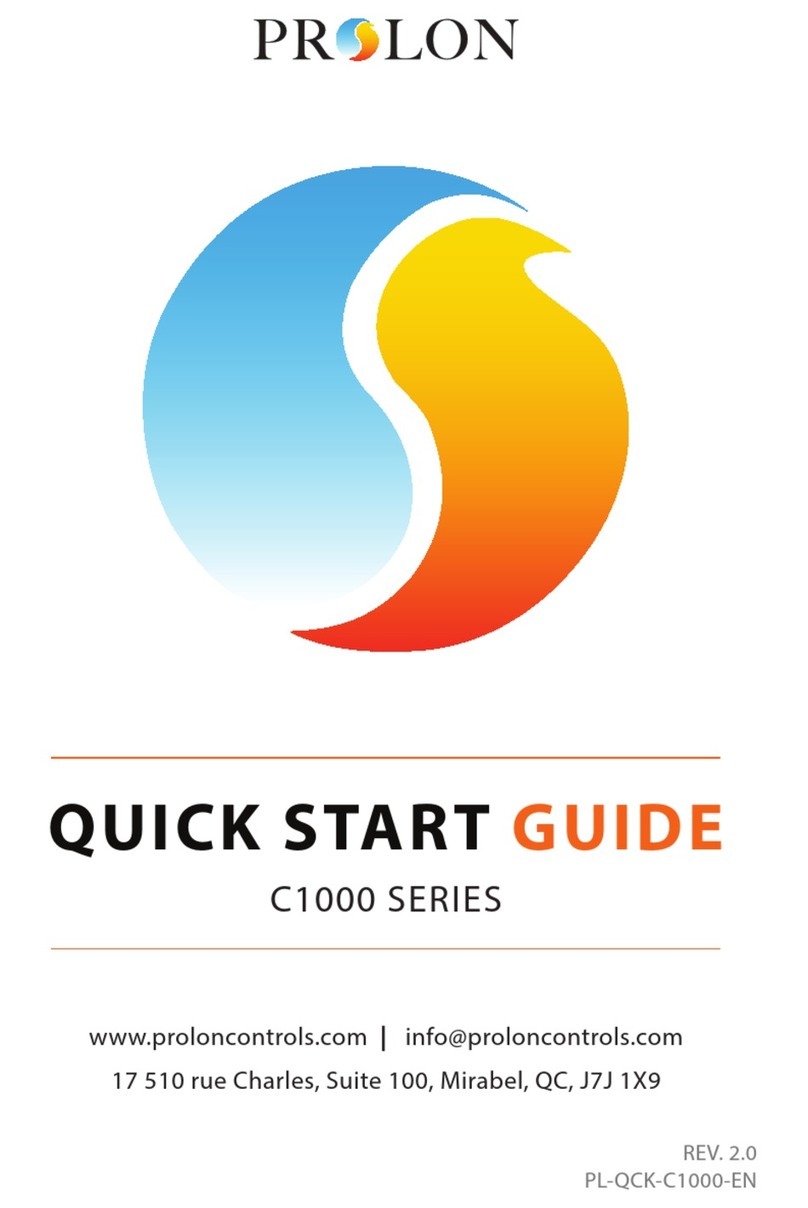
Prolon
Prolon C1000 Series quick start guide

Siko
Siko AG25 Translation of the original installation instructions
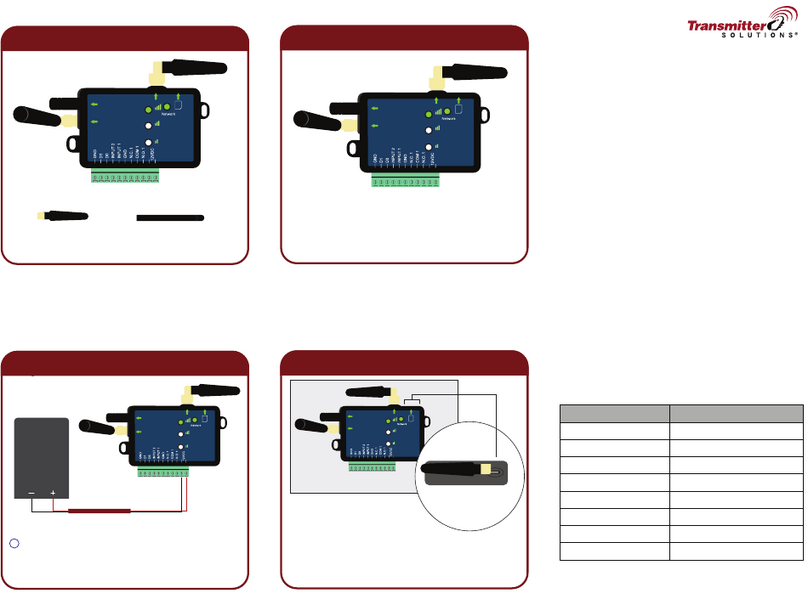
Transmitter Solutions
Transmitter Solutions PAL SPIDER WIEGAND 26 quick start guide
